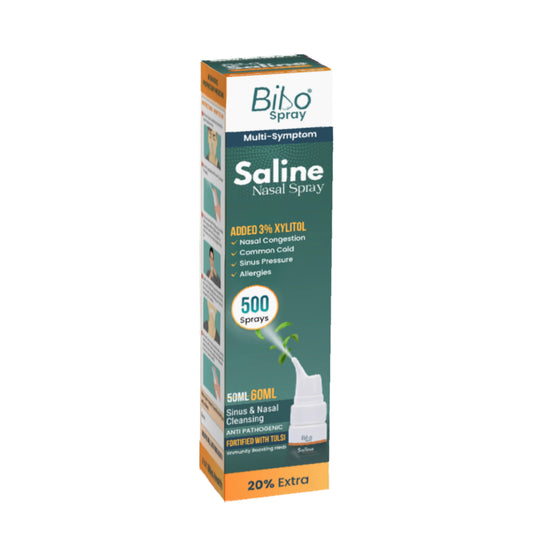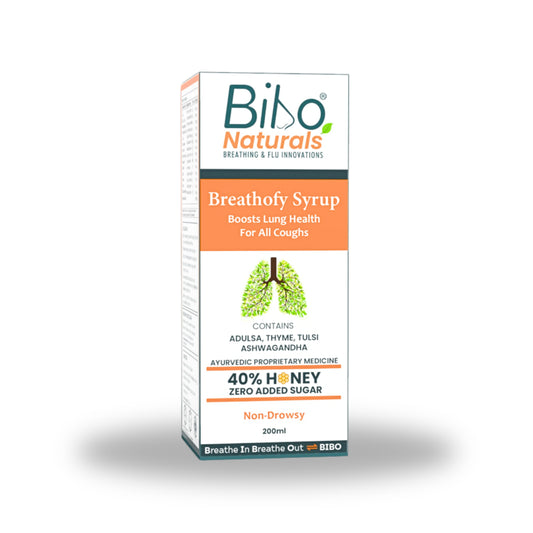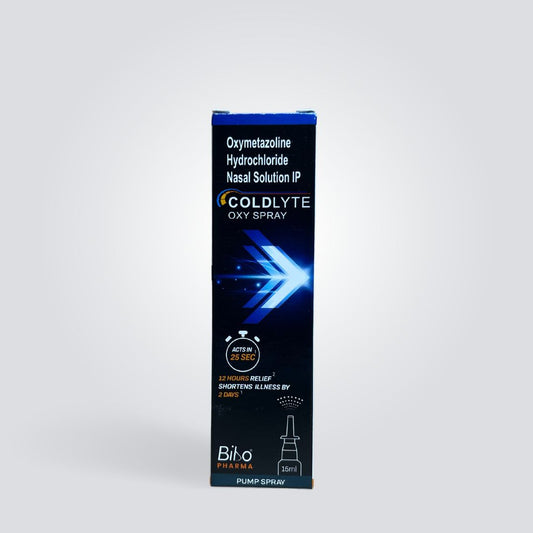
Blog written by: Dr Anju Balakrishnan
Bronchial asthma (BA) is a chronic inflammatory condition where there will be an obstruction to airways and bronchial hyperactivity. The triggering factors for BA may be extreme variations in temperature, air pollution or factors like dust, pollen and even food.
Asthma is recognized as Shwasa roga according to Ayurveda. Shwasaroga is mainly of 5 types:- Maha shwasa, Urdhwa shwasa, Chinna shwasa, Kshudra shwasa and Thamaka shwasa. Among them, Maha shwasa, Urdhwa shwasa and Chinna shwasa are considered to be incurable. Kshudra shwasa requires no specific treatment. It subsides on its own by following lifestyle and dietic changes. Thamaka shwasa can be considered bronchial asthma.
The prodromal features of Shwasaroga are Anaha (Abdominal distension), Parsvashoola (pain in costal region) and Hridayapida (pericardial pain).
In classics, the clinical features like running nose, stiffness of the neck, wheezing, fall in blood pressure (may be due to compromised blood supply to organs), itching in the throat region, longing for a hot diet and regimens, sweating due to exhaustion and rapid breathing, after expectoration patient will feel better, oral breathing leading to dryness of mouth, rapid breathing to compensate the oxygen level, repeated episodes of cough, dyspnea
Treatment:
Thamaka shwasa is considered to be maintainable if the treatment has started from the early stage. In chronic conditions, periodic purificatory measures can be taken, like Vamana (therapeutic emesis), Virechana (therapeutic purgation), Shamana medicines, and even Rasayana (Rejuvenation therapy) can opt as the line of treatment. Purificatory treatment is considered to be best in Thamaka shwasa.
Initially, snehana (oiling) and swedana (sweating) have to be done before purificatory measures.
Snehana vitiates the doshas that are lodged in our body and swedana (by means of heat) penetrates & helps to liquefy the doshas and bring them to the gut so that it becomes easy to evacuate using Vamana or Virechana.
After this, the person will be given with excess of unctuous food, which provokes the kapha dosha and hence by which doshas are ready for evacuating. When the patient gets vomiting reflux, Vamana is administered with rock salt, long pepper and honey. By this procedure, morbid kapha dosha will be eliminated, the channel is cleared, and normal breathing will be possible.
After Vamana, one can go for dhoomapana. It dries up adhered kapha. It is the smoking therapy that is practised in Ayurveda through the nostril. Here medicated fumes are inhaled via one nostril by closing the other and exhaled through the mouth.
Shwasa has its origin in pitta sthana (Small intestine). Virechana is considered to be best for diseases that is originating from pitta sthana. After Vamana, a dietic schedule will be planned to bring back the digestive power. When agni becomes normal, snehana and swedana will be done, followed by virechana, or virechana will be administered in small doses on daily basis.




